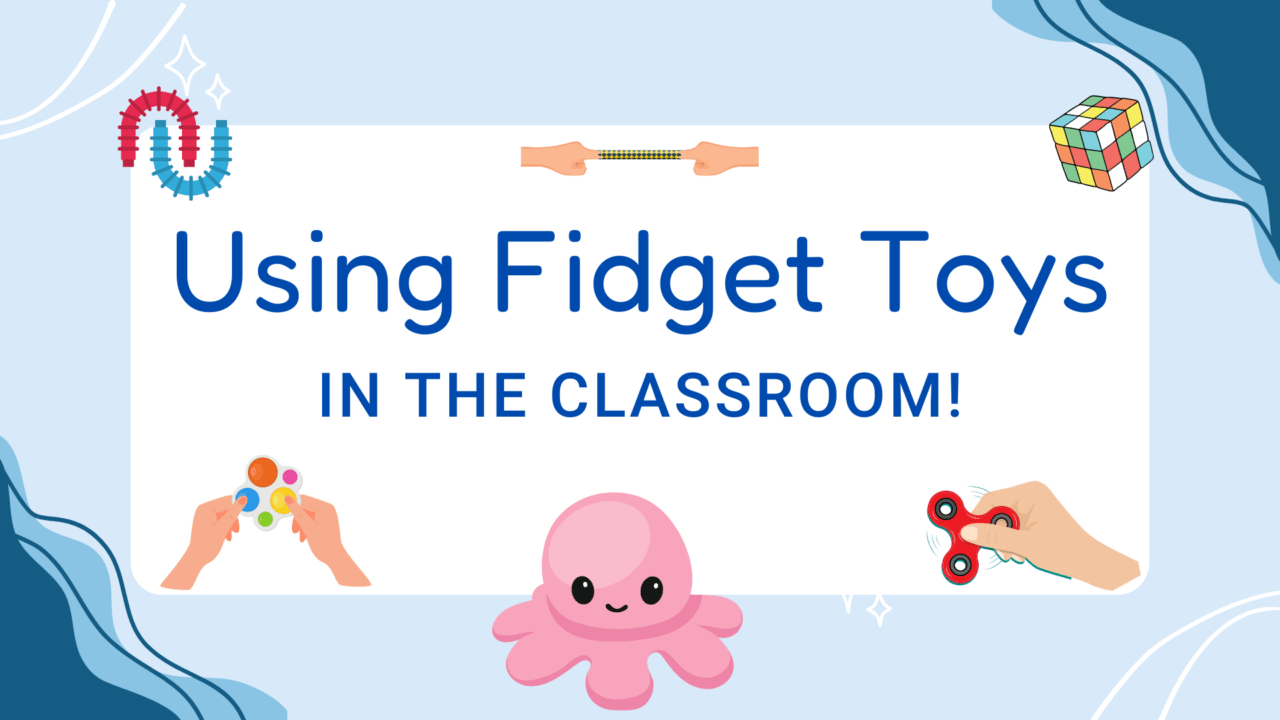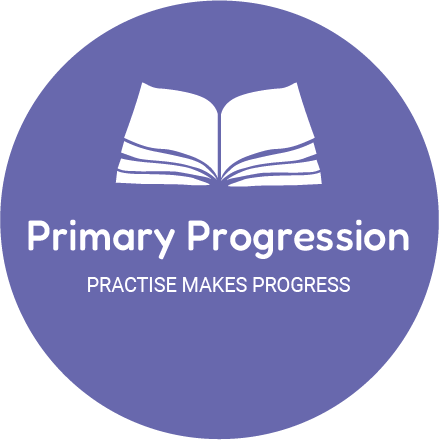Fidget toys, also known as stress balls or sensory toys, have gained popularity in recent years as a tool for helping individuals manage anxiety, stress, and boredom. While they are often associated with children and individuals with special educational needs, fidget toys can also be a useful tool for students of all ages in the classroom. In this blog post, we will discuss the use of fidget toys in the classroom and provide some tips for how to effectively incorporate them into your teaching.
Using Fidget Toys in the Classroom


Here are 8 discussion points on using fidget toys in the classroom:
1. A Positive: Fidget toys can help students stay focused and engaged during lessons, and is particularly useful tool for students with a Special Educational Need (SEN)

By providing a small, discreet outlet for excess energy, fidget toys can help students concentrate on the task at hand and avoid distractions. Some children really struggle to focus for long periods of time (especially in longer assemblies!), so having a quite way to help focus their energy positively, students are able to focus on the lesson/activity at hand. Fidget toys can especially be a very useful tool for students with a Special Educational Need, such as ADHD, autism, dyspraxia, dyslexia, cerebral palsy and many more conditions which are helped through sensory stimulation. These students may have a harder time sitting still and focusing for long periods of time than others, and fidget toys can provide a helpful outlet for their excess energy, without any fear of being in trouble of “being so fidgety” especially if they are currently undiagnosed.
2. A Positive: Fidget toys can help students regulate their emotions and manage anxiety or stress

Squeezing a stress ball or manipulating a fidget spinner can help students release tension in a calm and safe way, allowing them to self-regulate their emotions and be in charge of their bodies reactions. Additionally, some fidget toys are more of a comfort such as the reversible octopus plushie. These have a happy face on one side and a sad face on the other. This is a great tool for children who struggle to communicate their emotions verbally but do understand how they feel. Previously I have had students who have their octopus on their desk and will turn it to their current emotion and I will see it. Once seen, I will know if they are alright and can continue learning, or if further conversations/helpful actions are required.
3. A Positive: Fidget toys can be used to help students develop fine motor skills

Many fidget toys, such as squeeze balls or stress putty, require finger strength and dexterity to manipulate. Regular use of a fidget toy in the classroom can help any student that needs to improve their fine motor skills and/or their hand to eye coordination, by helping in the development of hand muscles. Fidget toys will support grip and pinch strength, the development of thumb opposition and the amount of pressure to be used when writing.
4. A Positive: Fidget toys can be a useful tool for students who are more kinaesthetic learners

These students may benefit from having a hands-on activity to engage with while learning new material. Fidget toys can also be a fun and engaging way to review material or practice skills. For example, you could have students use a fidget spinner to practice math facts or use a stress ball to review vocabulary words.
5. A Positive: Something for everyone!

Fidget toys come in a variety of shapes, sizes, and materials, so it’s important to consider the needs and preferences of your students. Some students may prefer a softer, more pliable fidget toy, while others may prefer a harder, more durable one.
6. A Negative: Possibly distracting

Fidget toys can be a possible distraction to other students. If students are constantly fidgeting with their toys and not using them in the correct way, it can be difficult for other students to focus on the lesson.
7. A Negative: Feeling left out

Some students may feel left out if they don’t have a fidget toy or are not allowed to use one because they can focus perfectly fine in class. It’s important to make sure that all students feel included and respected, regardless of whether or not they have a fidget toy. On some occasions you may have a ‘fidget friend’ moment. This is where any child can take it in turns with a friend to use the fidget toys so they can experience them for themselves, but they are not used during learning time.
8. A Negative: The price

Fidget toys can be expensive, and not all teachers or schools may be able to afford them. This could lead to tension if one class has them and another does not.

Fidget toys can be a useful tool for helping students stay focused, engaged, and regulated in the classroom. By providing a small outlet for excess energy, fidget toys can help students concentrate on the task at hand and manage anxiety or stress. However, it’s important to set clear rules and boundaries for fidget toy use and to consider the needs and preferences of your students. In addition to fidget toys, it’s important to have a variety of strategies and techniques for helping students stay focused and engaged in the classroom. Fidget toys can be a helpful tool, but they should not be the only tool in your toolbox. It’s important to have a variety of strategies and techniques for helping students stay focused and engaged in the classroom.
My personal opinion? Love them! When used correctly, they can have children make fantastic progress with their focus, self-regulation and learning! I think every classroom should have a fidget box filled with different types of fidget toys to support our learners!
(Image Sourced: https://blog.trainerswarehouse.com/do-fidgets-boost-engagement)



4 comments
Lucas
02/02/2023 at 1:31 am
Thanks, I found this very useful!
neurontnwaf
13/06/2024 at 3:42 am
Thanks for fantastic info I was looking for this info for my mission.
Rob
15/07/2024 at 9:14 am
Thank you for sharing the informative article.
pharmaceuticals online australia
11/09/2024 at 3:46 am
Very descriptive article, I enjoyed that a lot. Will there be a part 2?